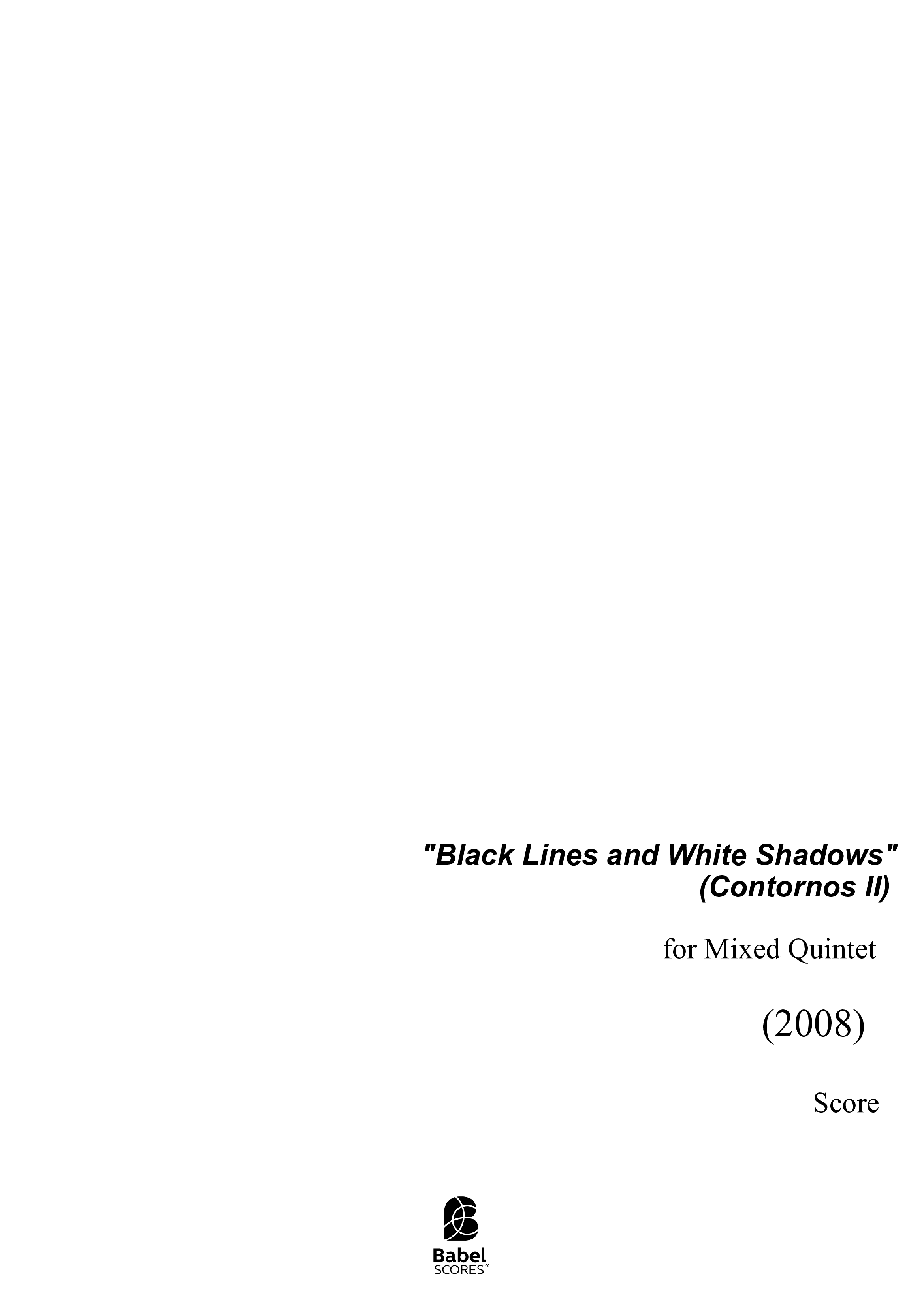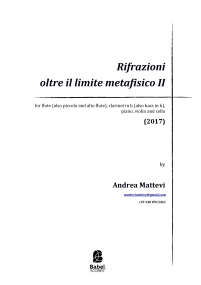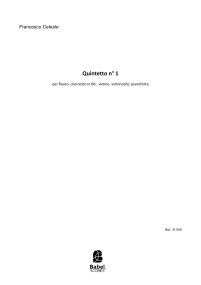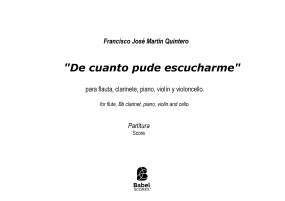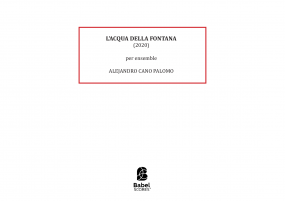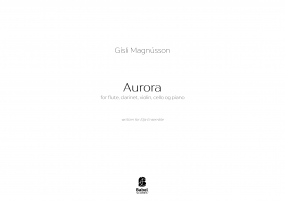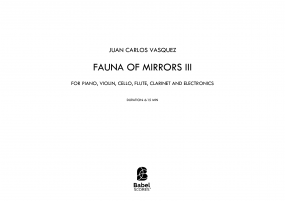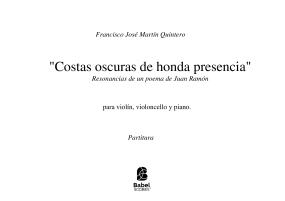Black Lines and White Shadows
ISMN : 979-0-2325-7491-2
- Login to create your own lists
Black Lines and White Shadows, starts from the idea of “musical shadow”. This idea is his starting point and his main aesthetic driving force, until the point in which we could understand the work as a study of the shadow.
But what is a musical shadow? In Black Lines…, it is conceived as a “sound object”, understood as an individual sound, a chord or a melody, which appears associated with another one, considered as the main sound object or “figure”, and from which, it is separated by small differences in pitch, rhythm and timbre. From this basis, I conceived the idea of writing a work exploring all the possibilities —"musically reasonable”—, of association of two or more sound objects, deviated in such a way from each other, that they could produce the sensation of being very strongly related, on the one hand but, at the same time, clearly hierarchical. In other words, distinguishing at all times which one is a "figure" and which is its shadows.
Thus, the sound object, whether it is an individual sound, a melody or a complete chord, can appear in the work alone, or associated with "its shadow", which is nothing more than that same sound, chord or melody with a slight deviation of pitch, a slight rhythmic deviation and a timbral difference. The deviations in pitch are in principle very small distances (quarter tones and smaller), but they increase as the piece advances. Just like the rhythmic deviations, which are very small at first, increasing in successive times. It is as if the shadows are extended in different ways, at the same time that the imaginary focus from which the figure receives the light, is set in motion.
So, for the materialization of the idea of shadow, I needed to enter the field of the microintervallic. The idea of shadow served me as a poetic impulse to create a work full of microintervallic events and was for me the momentary solution to the problem I founded in the year I began the first version of this piece, “Contornos I”, the year 2002, about how to include in my “repertoire of pitches”, such intervals smaller than the semitone; and although this way of treating pitches as a deviation from a given pitch, I had already used in previous works and had experienced it, as a great extension of possibilities, because they leading me —in a coherent way—, to sonorities totally new to me, when I afforded the writing of “Contornos”, I contemplated an opportunity to explore the idea much more thoroughly and in a more systematic way. The results of its use are chords with intervals deformed by the microtonal deviation of one or more sounds which provoke in those sonorities that clearly deviate from the more conventional chords formed in the tempered scale, while at the same time, melodies with a microintervallic profile, “pursue” closely other melodies formed by the same notes but tempered, resulting mixtures get away from those resulting from counterpoint based on tempered tuning.
Thus, if we play with the distance at which the shadow appears (both rhythmically and melodically speaking), if we vary the number of shadows associated with the main figure or if we have the possibility that a shadow becomes independent of its "figure" and starts walking on its own, we have most of the most characteristic textures of Black Lines.... The same choice of the template, in which we have the clarinet in A, the bass clarinet in B flat and the flute in G, together with the presence of large fragments in which the piano plays with the left pedal pressed, and the verticality of the piece, tending to a great density that darkens the textures. They reflect the search for another of the features of the piece: a veiled atmosphere with a certain mystery, the ideal setting to welcome, as if it were a theatre of shadows, the play of contours produced by the sounds and their shadows coexisting in the space.
Clarinet
Piano
Violin
Cello
Pages - 40

